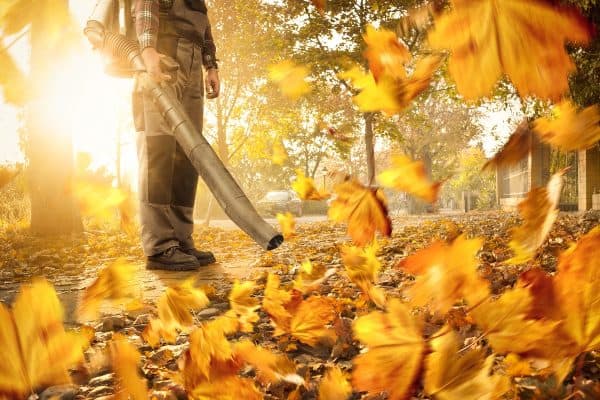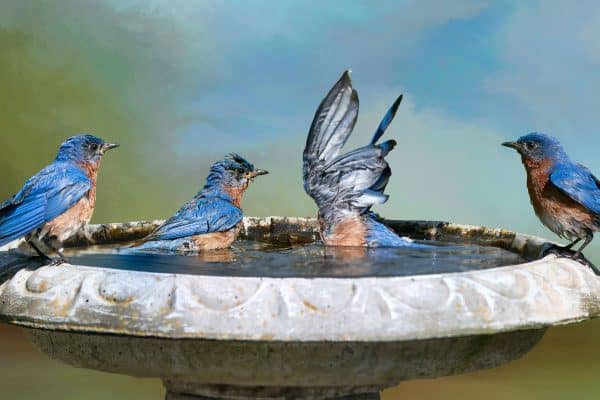It's quite an inconvenience to have a muddy yard. But does mulch prevent that saturation? We've done comprehensive research to answer these questions.
Yes, mulch has the ability to improve a muddy yard. Considering that mulch usually absorbs moisture, the yard can look better in a few hours or even days after laying down the mulch. See below some ways mulch helps the muddy yard:
- Conserves moisture
- Improves fertility
- Insulates the ground
- Prevents weed growth
- Enhances the yard's appearance
By the end of this article, you'll learn how mulch works and what can it do in a muddy yard. We'll discuss the importance of a clean yard, and other relevant matters. There's a lot to learn ahead, so let's keep reading!
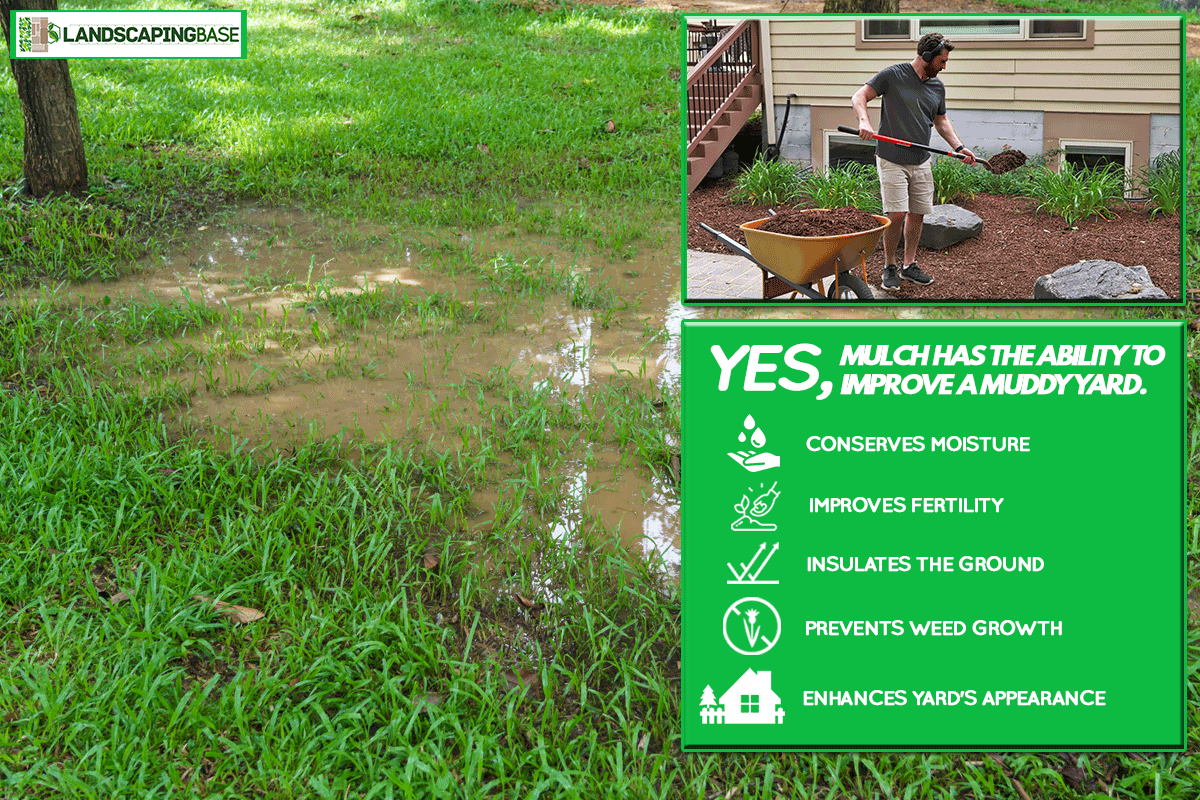
Will Mulch Help a Muddy Yard?
Mulch is an additional layer of organic or inorganic material that protects the soil from unwanted weed growth. Mulch can also insulate the soil to reduce moisture and keep it fertile. Since a muddy yard is wet, putting a layer of mulch will help improve it.
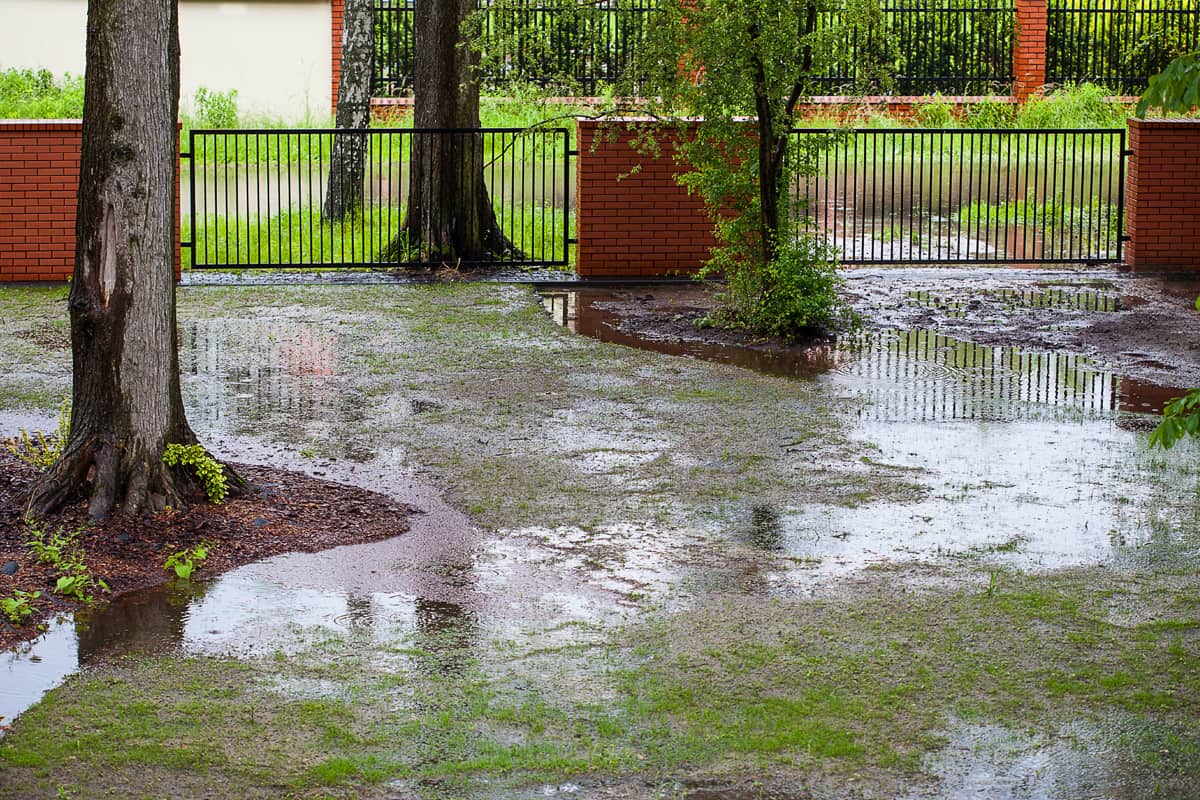
See below some ways mulch can help a muddy yard.
1. Conserves Moisture
Mulch can conserve moisture by preventing water in the soil from evaporating during sunny, windy, or frigid days. Also, mulch prevents the soil from overdrying and cracking over extended dry or cold periods.
On a muddy yard, moisture conservation maintains a consistent moisture level by around 25%.
2. Improves Fertility
Fertility, which pertains to the ability to grow plants, is significant in soil quality. Mulch absorbs and saves the available soil nutrients, like oxygen and hydrogen.
Such nutrients maintain good health of the soil to grow abundant grass or crops depending on what you planted. However, the type of mulch you'll use will affect nutrient absorption. For instance, inorganic mulch like a landscape fabric may not have such capability to store nutrients.
3. Insulates the Ground
Another purpose of mulch is to trap heat and insulates the ground. This helps cover the roots from winter when cold temperatures are common.
Mulch will protect the plant roots from injuries or freezing by overcoming the moisture with the heat. By injuries we mean anything that delays or stops the plants' growth.
4. Prevents Weed Growth
Who would want weeds ruining the view of your home? Mulch can cover the sunlight to stop nurturing weeds. However, you might need 2-3 inches mulch thickness to fully block the weeds' energy source.
5. Enhance the Yard's Appearance
Mulch helps enhance the yard's appearance. Typically, a mulch with darker color can contrast the flowers and make them look attractive. While you can also use other mulches to blend with your home's color and landscape theme.
Why the Yard Becomes Muddy?
The yard can accumulate mud in no time if the soil absorbs water, and there's no way for the water to exit. To understand further why your yard becomes muddy, see some factors below.
Leaking Drainpipes
Local drainage systems might have a leak that brings water into the yard, making it muddy and smelly. It's quite easy to detect if there are visible drainpipes on the ground.
However, you might need to consult your local drainage contractor to inspect the drainage system in your area. It's important to fix the leaking drainpipes, as this may make the soil too soft to step on.
Lack of Plants
See if your yard has plants, grass, or trees that can absorb water. Otherwise, the water will continue to drip down the soil and fill the area with mud. You can consider having more plants so that the roots will reach the water stored in the soil.
Too Shallow Soil
You should ensure that the soil is deep enough for the plants or grass to grow. You'll want around six inches deep of soil.
You can test the soil's draining capacity by grabbing a handful of it and smelling it. If the soil smells like natural dirt, then it's good soil. But if it smells like mold and feels too moist, then it cannot drain water effectively.
This test will help you find a better soil quality before you add more of it if the soil seems too shallow.
What Mulch to Use?
Not all mulches serve the same purpose and give the same results. It's crucial to know the differences between mulches to let you decide what's best to use. There are two main types of mulch, namely: organic or natural and inorganic or artificial.
Refer to the common types of mulch below.
Compost

Compost is a collection of biodegradable materials usually those that come from food waste. It's organic and can be an effective mulch, as the compost generates nitrogen and carbon that directly enhances the soil.
You can have 2-4 inches compost thickness if used as mulch. This will block the sunlight from the weeds, yet the compost will keep the soil healthy.
Leaf Mold
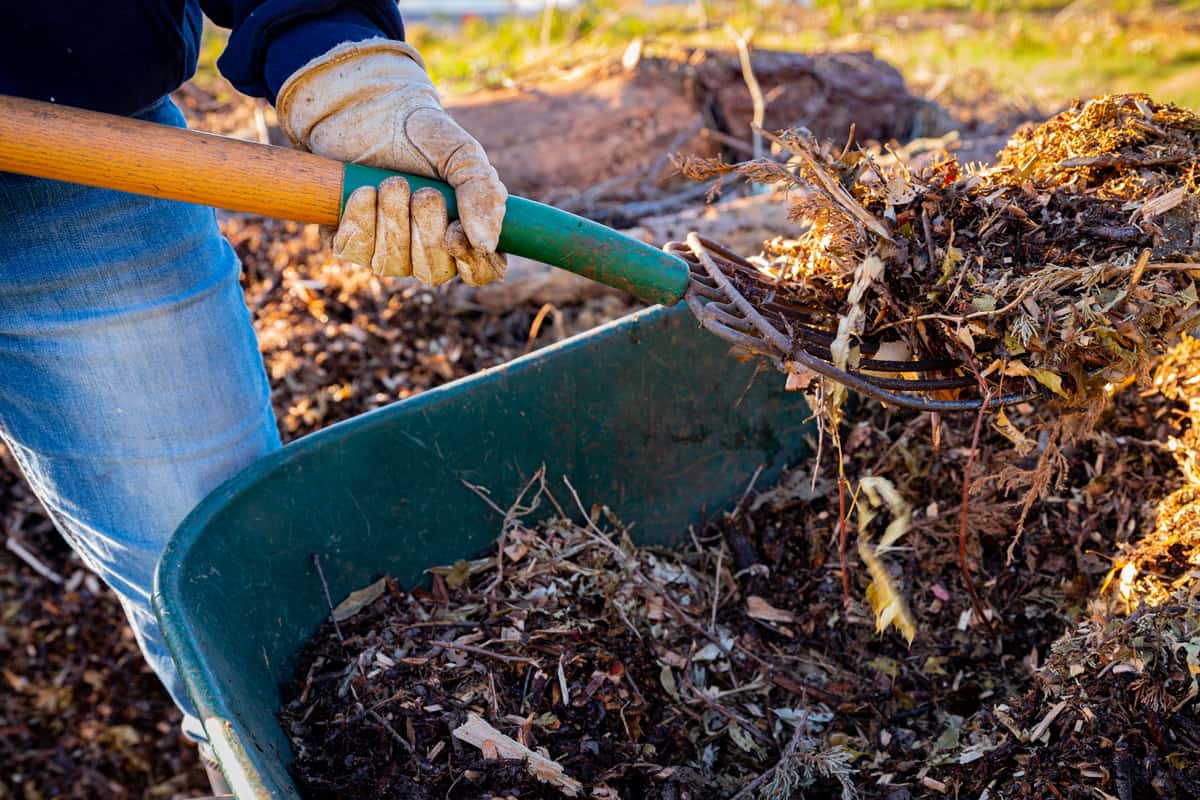
It's another organic mulch composed of freshly fallen or dry leaves. You just need to collect fallen leaves and pile them up inside a large bin. Add some water to the bin and let it sit for 1-2 years until the leaves turn into fine particles that look like soil.
However, leaf mold is quite hard to create. You might need to wait until autumn when fallen leaves are abundant to even get started.
You can watch a video here on how to make leaf mold fast:
Straw
A straw mulch is composed of grain crops and cereal leftovers, making it an organic mulch. Don't confuse straw with a hay. Straw has no seeds, while hay consists of seeds for animal feeding.
Also, straw is used as beds for animals. You can buy straw from most local farms, and use it as mulch in your yard.
Landscape Fabric
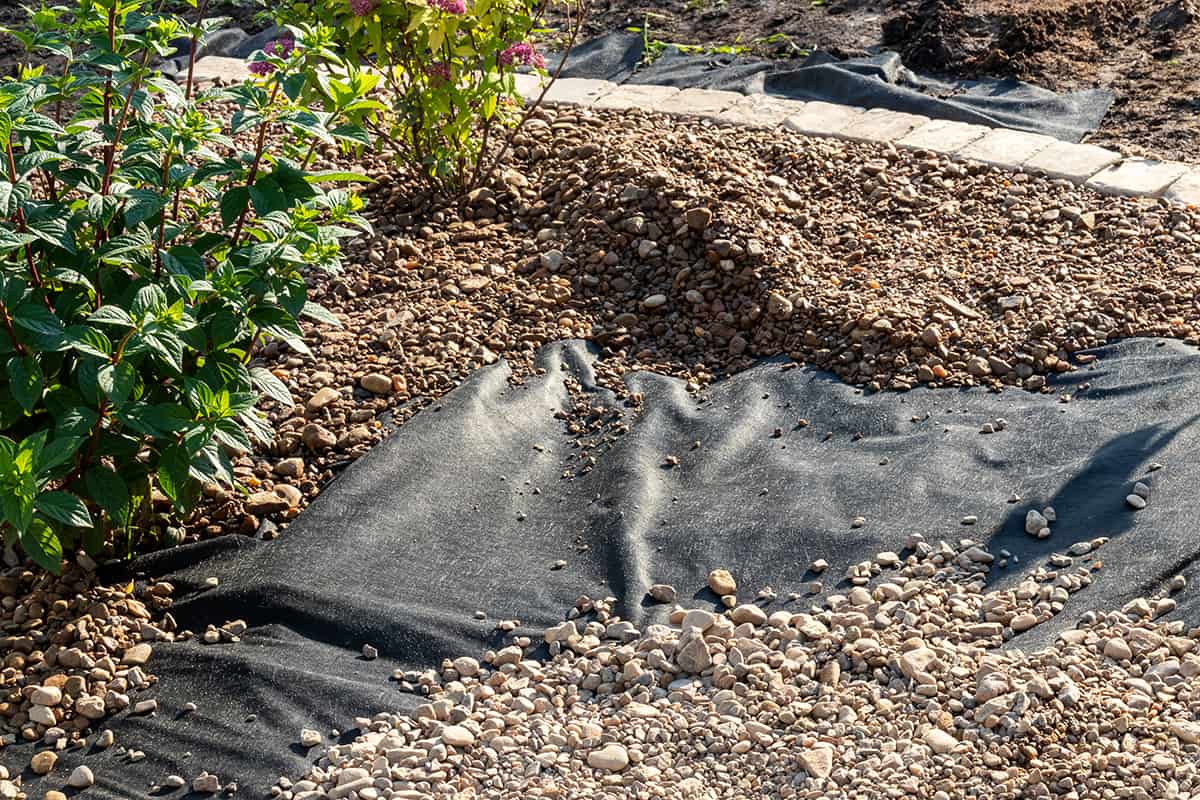
It can be made from either synthetic or organic materials that prevent unwanted plants, like weeds, from growing. Landscape fabric is usually installed on specific spot ,where you want your plants to develop.
Also, it's made from woven fabric and has tiny holes for water to pass through. Additionally, you can use landscape fabric as a layer beneath another mulch. This helps increase heat and control moisture.
See this landscape fabric on Amazon.
How to Lay Mulch
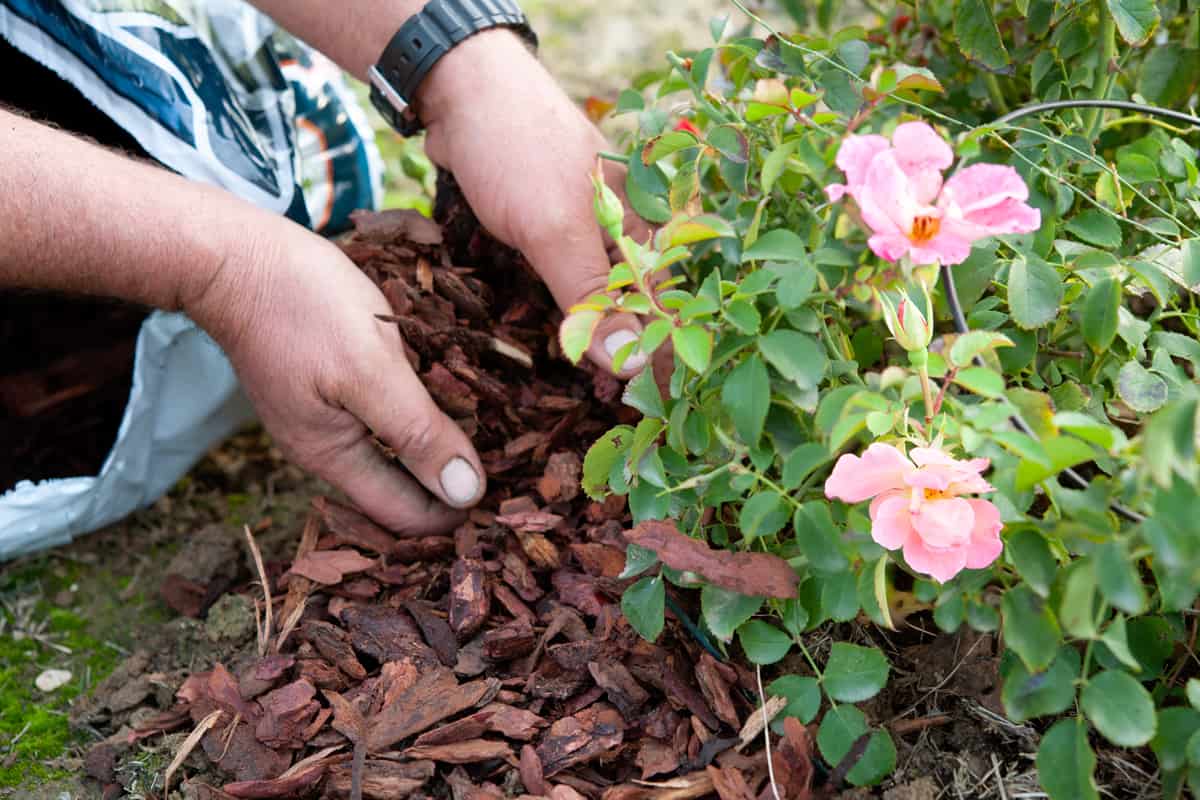
After you choose the type of mulch that will suit your needs, you can now apply it during nice weather. Simply follow these steps:
- Clean the area where you'll lay the mulch. Uproot the grass and weeds to maximize soil quality. Remove also the existing mulch.
- Use a shovel to create a perimeter for the mulch. Trim the edges and dig the soil depending on how much mulch you want.
- Put the mulch around the plant. Spread the mulch with a shovel and rake to make the surface even.
- Water the mulch if it's organic. For inorganic mulch, see the product's instructions.
- Mark the date you applied the mulch on your calendar and replace it every year, or whenever it appears to have lost quality. You can replace inorganic mulch once it doesn't look fresh anymore.
How Much Does Mulch Cost?
On average, you'll spend starting from $80 up to $700 on mulch depending on the quality and location of the mulch seller. Since mulch may take time to mature before it can be used, especially organic mulch, you can expect the price to go high.
The given price range could add a service fee if application is included upon purchasing the mulch.
Conclusion
Throughout this article, we realized that mulch can help a muddy yard by providing ways like providing heat and conserving moisture. We learned why the yard becomes muddy, and we shared options to solve it.
Also, we elaborated on the different types of mulch to help you choose the best for your yard. Remember that mulch can be costly depending on type and quality.
Of course, we didn't forget to share the steps in putting the mulch. You'll have a good-looking yard when you put the mulch in right way.
Do you want to learn more? We know you'll love these articles:


![A man using a portable vacuum to collect dead leaves, Will A Leaf Vacuum Pick Up Mulch? [Can It Remove Leaves From Mulch?]](https://landscapingbase.com/wp-content/uploads/2022/09/Man-using-a-portable-vacuum-to-collect-dead-leaves-600x400.jpg)
